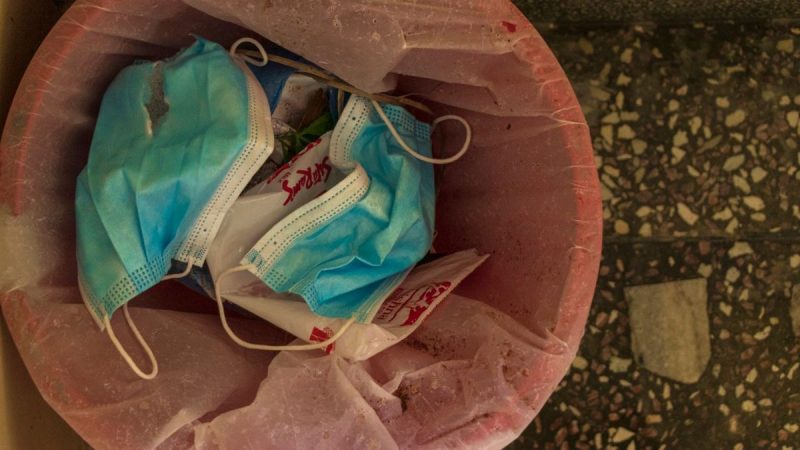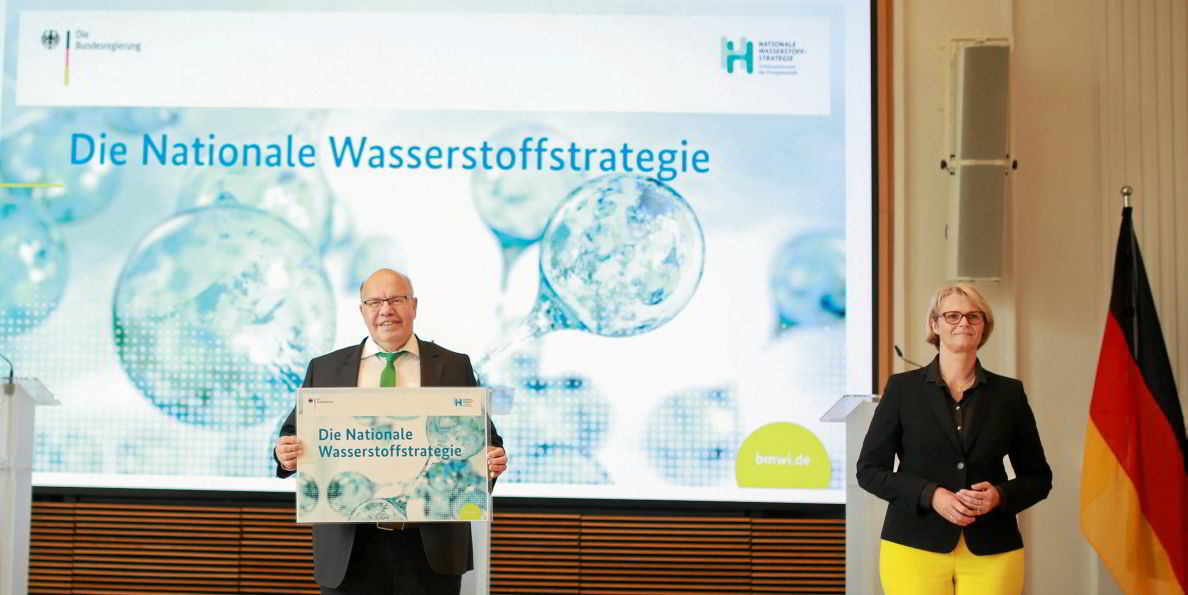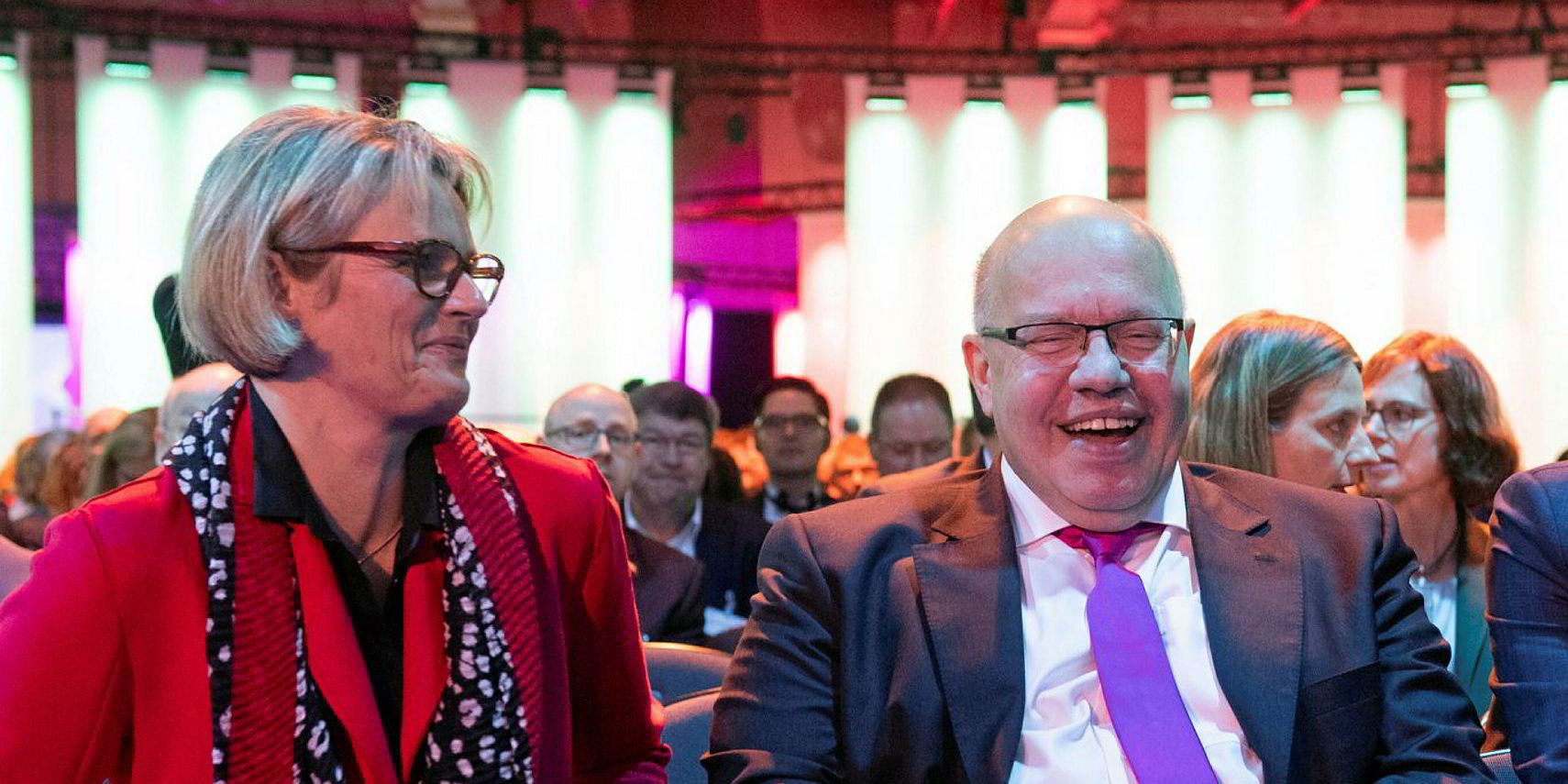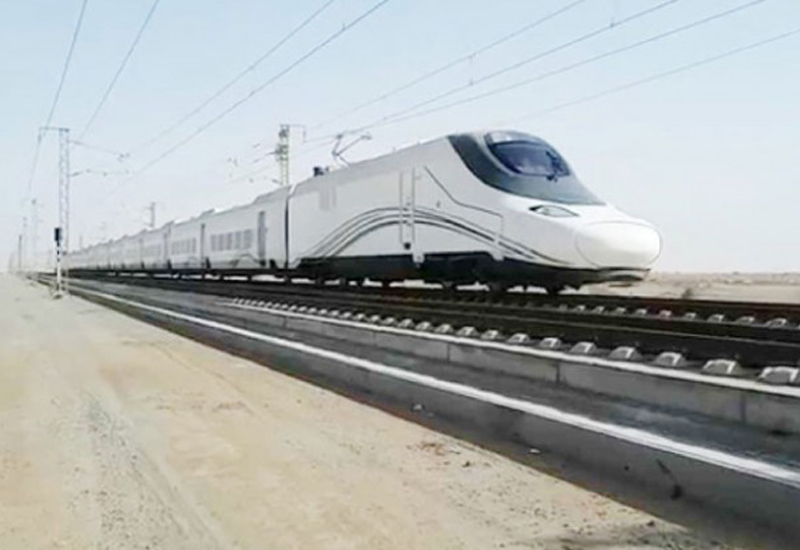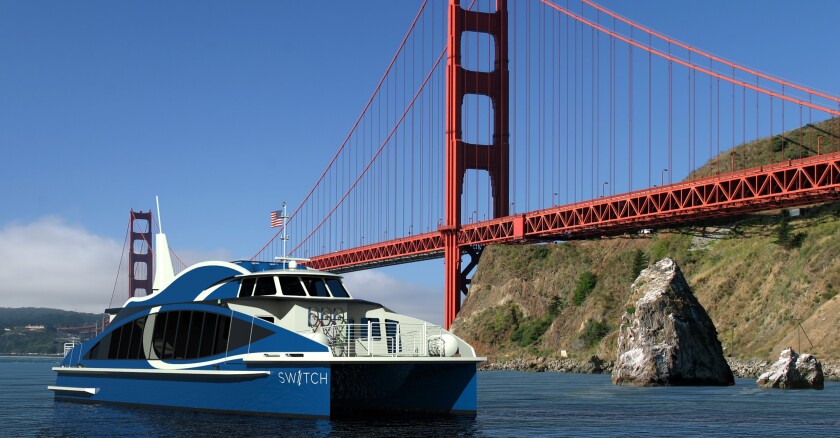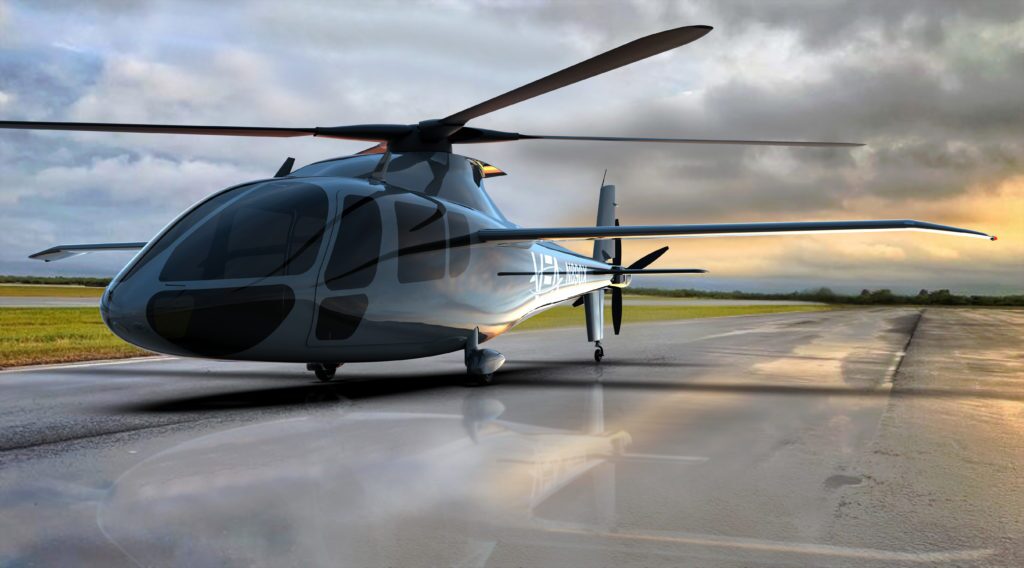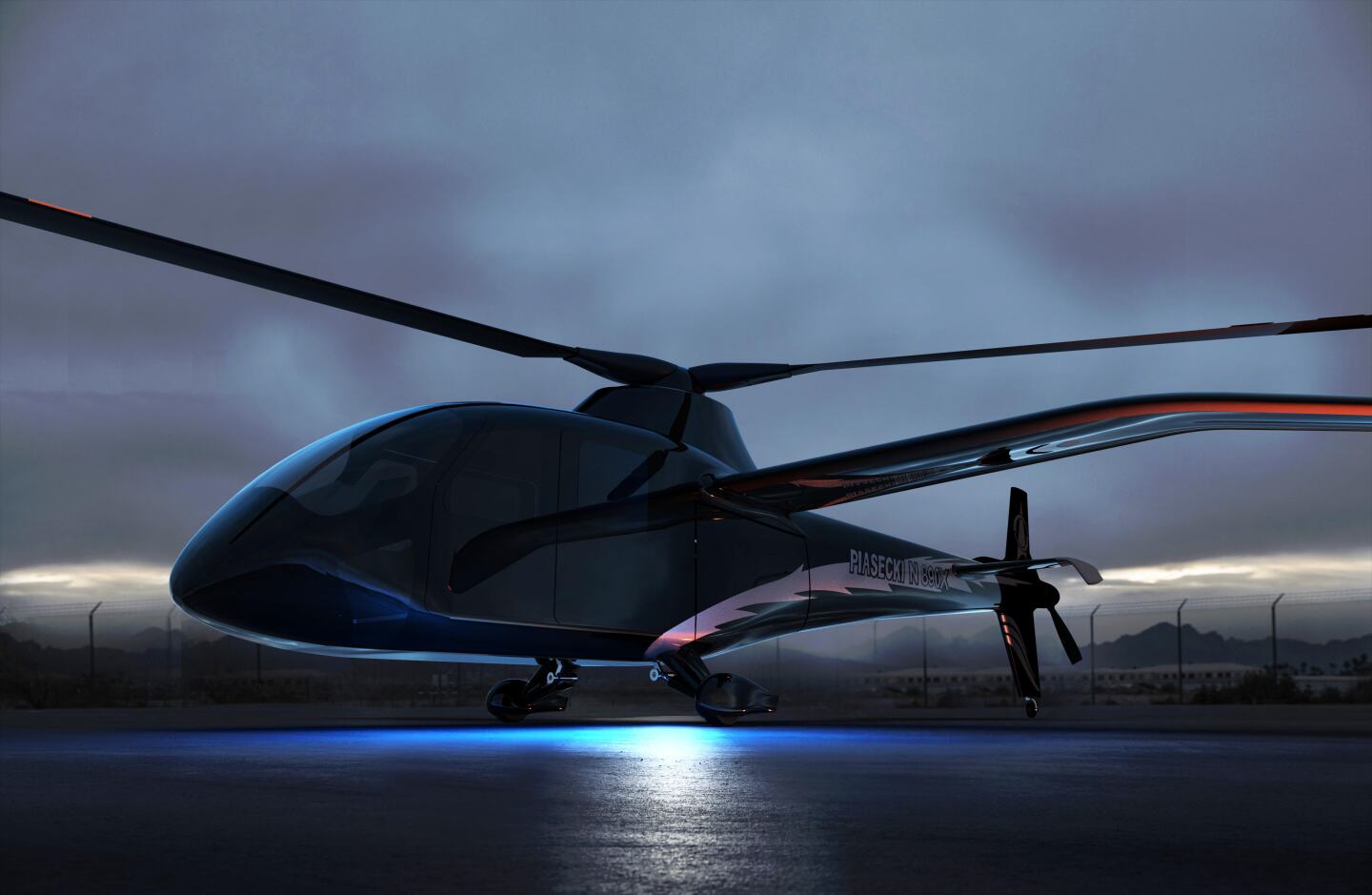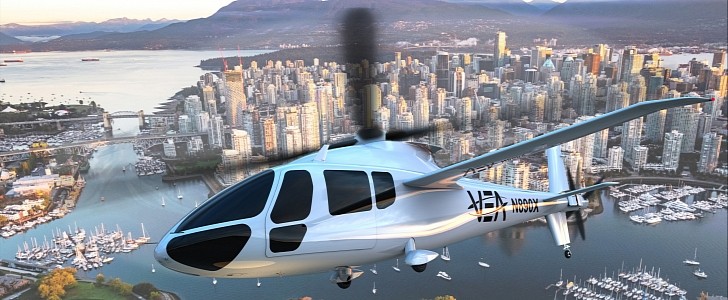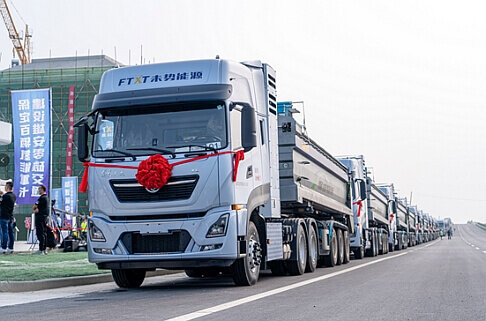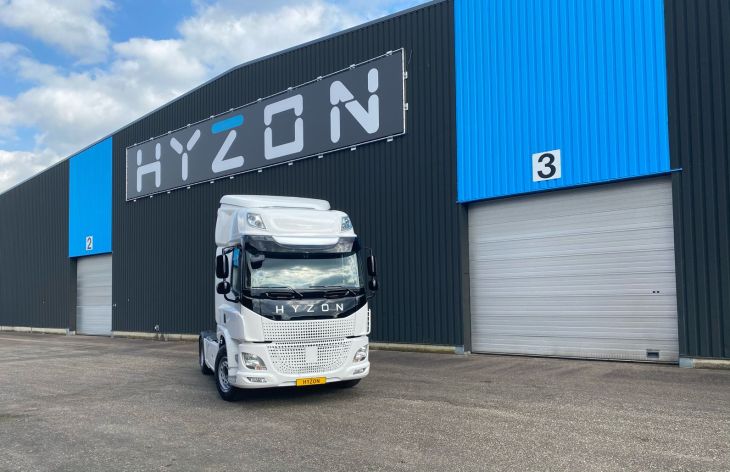Masks save lives, but they’re also becoming a gargantuan waste problem
This article by Prasansha Rimal was first published on The Record (Nepal) and an edited version is republished on Global Voices as part of a content-sharing agreement.
Waste management, especially in the medical sector, was already a problem area in Nepal and it only got worse during the Covid-19 pandemic. According to a September 2020 World Bank report, 2,600 tonnes of waste are dumped in landfills every day in Nepal. The report estimates that, among the total waste generated, as much as 56 percent is organic, 16 percent glass, 8 percent paper, and 13 percent plastic. However, plastic products — especially single-use utensils, Personal Protective Equipment (PPE), surgical masks, face shields, and gloves — have become much more ubiquitous since the pandemic began.
These plastic products are not just essential to keeping hospitals running and protecting frontline workers, but have also become common to domestic households as wearing a mask before going out has become routine. But, with more masks, gloves, gowns, and disposable bags being used, they are also being disposed of just as frequently.
Raj Krishna Shrestha sips tea as he waits for people to come to his truck to dispose of their household waste. Early every morning, 52-year-old Shrestha drives his truck from Balkumari to Lagankhel, parks in front of the Patan Hospital, and waits to collect the waste from the previous day. Then, he drives around collecting more waste around the vicinity before dumping it in Balkumari.
This has long been Shrestha’s everyday routine. While not much has changed for him since the pandemic started, one thing that is different is the waste he collects every day — there’s a lot more plastic now.
One study from February 2021 estimates that, since the pandemic started, the global amount of plastic waste generated is 1.6 million tons per day. The study further estimates that 3.4 billion single-use face masks and shields are being discarded every day. Covid-19 has reversed the momentum of a years-long global battle to reduce plastic waste pollution, say the authors. According to estimates by Grand View Research, a global business consulting firm, the sales of disposable face masks skyrocketed from 800 million US dollars in 2019 to 166 billion in 2020. Such a sharp increase in the purchase of disposable face masks correlates with an increase in the amount of waste.
And that’s only part of the story. What is concerning is not just the amount of waste that is being generated but the mismanagement of its disposal. For waste workers like Shrestha, this has led to increased fears of getting infected.
“Nobody separates their household waste into degradable and non-degradable waste. This is hazardous for us and clearly shows that people don’t think twice about what happens to the masks or gloves they have used while infected,” said Shrestha. “It also shows that people have little regard for our work and safety.”
Various studies have found the Covid-19 virus can survive up to 72 hours on plastic, and discarding used masks and gloves along with other household waste could risk strengthening the chain of transmission.
“The amount of surgical masks and other plastics has definitely increased. Sometimes, it is frightening to have to pick up surgical masks because you never know who might have used them. But we cannot stop working. We have families to look after,” said Urmila Deula, a 40-year-old sweeper appointed by Lalitpur municipality.
“In Nepal, data on how much plastic use has increased since the pandemic hasn't been calculated yet, owing to a lack of resources and manpower. However, it is safe to say plastic waste has increased since the pandemic started from just looking at the increasing amount of day-to-day use of surgical masks, gloves, and sanitizer bottles,” said Dr Buddhi Sagar Poudel, spokesperson of the Ministry of Forests and Environment.
In addition to a lack of personnel and budget to segregate waste, there’s a larger problem: a general lack of consciousness among the public regarding waste disposal.
“People do not think about separating their household waste and because of this, waste like masks and gloves are directly going to landfills,” said Poudel.
There is legislation in place — like the Solid Waste Management Act 2011 and the Health Care Waste Management Guidelines 2014 — that mandates waste segregation. The Health Care Waste Management Guidelines recommend that health institutions not mix their non-risk waste with other kinds of waste and that health institutions should dispose of their medical waste themselves.
Larger hospitals like Bir Hospital, Tribhuvan University Teaching Hospital, and Patan Hospital are able to properly dispose of the waste themselves as they have the resources. Private hospitals like Alka Hospital in Lalitpur are also attempting to do the same.
“We autoclave medical waste related to Covid-19, as this reduces the risk of spread of the virus through medical waste,” said Navaraj Thapa, manager at the lab of Alka Hospital.
But not all hospitals follow the guidelines, and local bodies and households do not bother with waste segregation.
“We have issued instructions asking that the waste produced in households, which might be infectious, like surgical masks, clothing, or other materials used by Covid-19 infected persons, should be kept separately for 72 hours before mixing it with other types of waste produced in the household,” said Sarkar Bir Shrestha, in-charge of the Okharpauwa landfill site. “But we don’t have any mechanism in place to check if the public is following our instructions.”
A simple solution to this problem would be to choose sustainable, environment-friendly alternatives over plastic. Washable, reusable cloth masks, for one, could help. A research paper on cloth masks found that textile products that have less than 300 TPI (threads per inch) have filtration efficiency above 80 percent, which provides good protection against the virus. The paper also recommends another alternative to single-use masks — using two layers of cotton or flannel masks of at least 100 TPI. A well-fitted multi-layer mask combining a layer of 600 TPI cotton and electrostatic filtering produces an efficiency of over 90 percent, comparable to those achieved by N95 respirators, says the paper.
“In addition to encouraging the use of cloth masks, another solution to tackle the problem of increasing plastic waste would be to incinerate medical waste or discard it properly in structured landfill sites,” said Stuti Sharma, partnerships and advocacy lead at Doko Recyclers.
But in the long-term, the old principle of ‘reduce, reuse, recycle’ remains the only sustainable way to tackle increasing plastic pollution, say experts. Everyone — individuals, organizations, hospitals, and local bodies — must do their part.
“The chance of Covid-19 spreading is higher when there is lack of participation of the community,” said Prakash Pathak, managing director of Scrap Recycle Foundation. “The authorities need to come up with an alternative to surgical masks and PPE, as this would reduce the amount of plastic production at the source. But more importantly, everyone needs to just take responsibility to properly sort their waste.”
